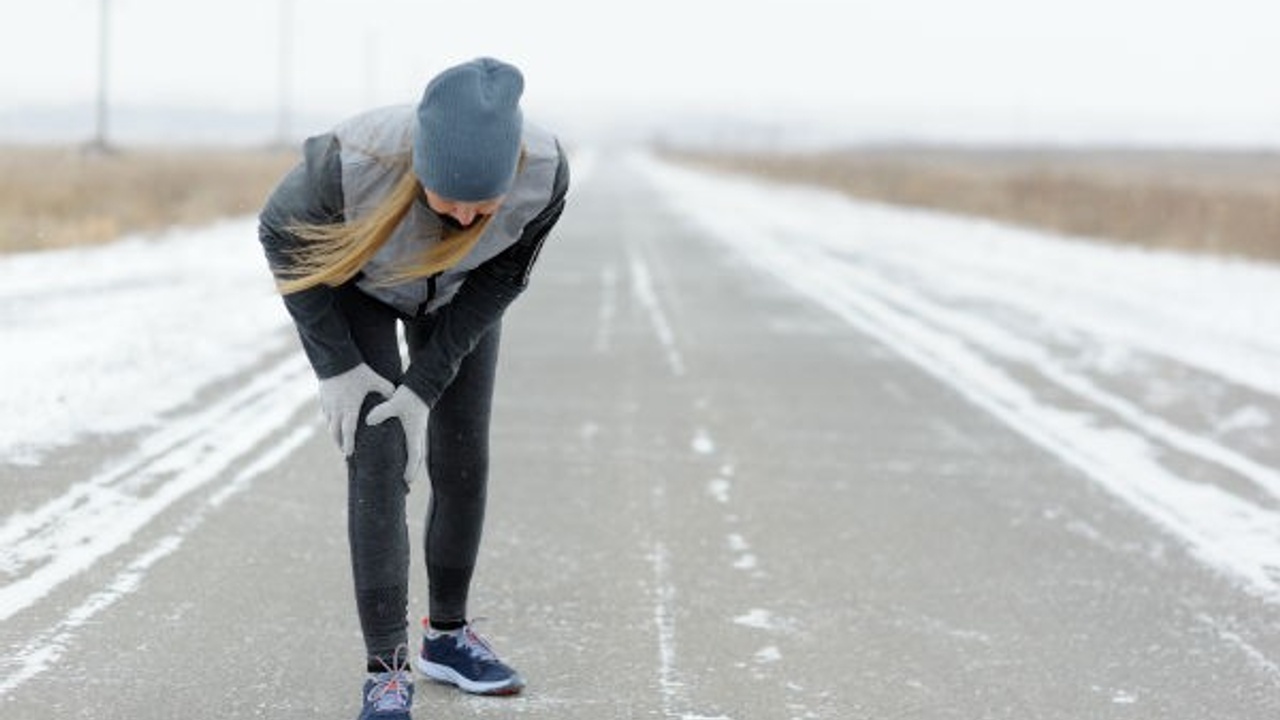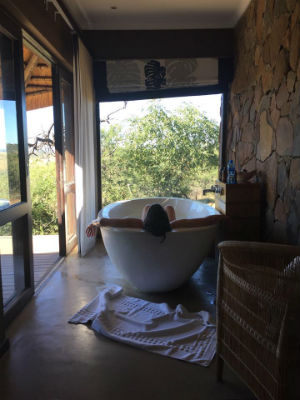Find Non-Movement-Based Techniques to Manage Stress
Feb 01, 2017
Please enjoy an excerpt from my book, Winning the Injury Game, available on Amazon.
Injuries raise your stress level. Looking back at the previous tips (for your healing journey), each of these could be a source of stress. Your stress may escalate because you have overloaded your mind or body with stimuli; you feel you have to heal all alone; you cannot find a treatment approach you believe in; you have strongly attached to your diagnosis; and you lack positive social support. When I initially meet with a new client, I ask about stress levels and coping mechanisms. If the client's only form of stress management is exercise, it raises a red flag for me. These clients, lacking other coping resources, tend to have a harder time during recovery than clients with a broader approach to reducing stress. Helping them find other forms of stress management is a priority for me to aid their healing process.
Managing stress without moving can be a challenge. It was for me. I have never been one to sit still. I have been on the move since I was young. With this early introduction to movement, it became my automatic, unconscious stress reliever. I hadn't learned any other way to manage stress. When my wellness coaching mentor asked me to stop and be with my breath for five minutes, I loudly protested, telling her I didn't have time for that. What I was really saying was that I didn't value being still. I had a lot to learn.
How can you best manage your escalating stress in a positive, non-destructive way? For some, it is easy to fall into the routine of emotional eating to soothe yourself or drinking alcohol for escape. Neither of these is a positive, long-term strategy. Both will undermine your performance once your pain is gone. You may have to stretch yourself to try some new things to calm your mind. I went back to my mentor's advice about slowing down and breathing, and I even joined a meditation group. Every week we would gather to learn new techniques and take advantage of the group energy to deepen our individual, daily practice. I also tried self-hypnosis audio recordings, which I found uplifting and relaxing.
Biofeedback was another tool I used to lower my stress. While hooked up to a machine, I received instant feedback about my level of anxiety though a change in sound. I controlled the volume and frequency of the sound through my physiology. A softer and slower sound indicated a state of relaxation. I actually became pretty good at it, being able to drop into a peaceful state quicker each time. When I would feel myself become stressed about my injury, I could use this skill to help me relax and maintain control, not allowing myself to get stuck in earlier stages of the grief cycle—isolation, anger, or depression.

You'll need to find your own way to manage stress. You might explore music, reading, writing, socializing, journaling, cooking, baths, crafts—all the things you enjoy but do not have time to do when you are training. These are now great activities to help with stress management. View this as a temporary shift of your energy focus, but consider keeping these new stress management techniques alive even after you resume sports.
After I started playing again, I continued to write, read, take relaxing baths, spend more time with friends and family, sit quietly focusing on my breathing, and cook more often with my husband. These practices have helped me to maintain balance in my life; they have allowed for the recovery time that I previously denied myself. Since implementing these practices, I have not had another serious injury or surgery. If this were to happen, though, I now have a better toolkit to handle the stressors that come with these situations.
Through these regular nurturing practices, I have increased my experience of positive emotions and have built greater resilience to any future negative life events, such as another injury or a recurrence of chronic pain. This is in accordance with the “Broaden-and-Build Theory” of positive emotions, introduced by Barbara Fredrickson, Ph.D., Kenan Distinguished Psychology Professor and lead investigator in “Positive Emotions” at the University of North Carolina at Chapel Hill. She states that positive emotions expand our outlook, letting us see more possibilities and the big picture. Additionally, her studies have shown that positive emotions build our emotional reserves and increase our ability to come back from adversity, such as an athletic injury.
Stay connected with news and updates!
Join our mailing list to receive the latest news and updates from me.
Don't worry, your information will not be shared.
We hate SPAM. We will never sell your information, for any reason.

